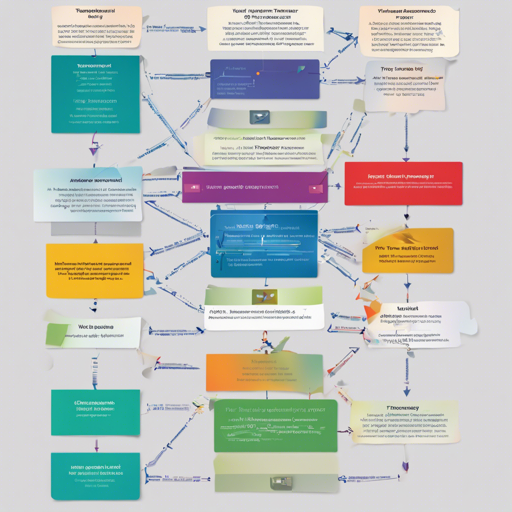If you’re looking to explore the capabilities of Natural Language Processing (NLP) using the T5 (Text-to-Text Transfer Transformer) model, you’re in the right place! T5 is a revolutionary approach that treats every NLP task as a text generation problem. Here’s how to get started and some troubleshooting tips to keep in mind!
Understanding T5 through Analogy
Think of T5 as a versatile translator at a bustling international conference. This translator can convert not only spoken languages but also various forms of communication. Whether it’s converting questions into answers, summarizing lengthy documents into short conclusions, or rephrasing statements for clarity, T5 excels in transforming input text into different output text formats. Just as the translator interprets needs in real-time, T5 processes the given text and generates a suitable response based on its trained understanding.
Getting Started with T5
Here’s a straightforward guide to using T5 for your text generation needs:
- Install the necessary libraries:
Ensure that you have libraries like Hugging Face’s Transformers installed in your environment. - Load the T5 model:
Utilize the pre-trained T5 model by calling it in your code. - Prepare your input:
Format your text input according to the task you want to accomplish. For instance, prefix it with the task name like “summarize: ” for summarization tasks. - Generate output:
Run the model to generate the desired output based on your input text. - Post-process as needed:
Depending on your application, you may need to clean or format the output further.
from transformers import T5Tokenizer, T5ForConditionalGeneration
# Load pre-trained model and tokenizer
tokenizer = T5Tokenizer.from_pretrained('t5-small')
model = T5ForConditionalGeneration.from_pretrained('t5-small')
# Input text
input_text = "translate English to French: The book is on the table."
input_ids = tokenizer.encode(input_text, return_tensors='pt')
# Generate output
outputs = model.generate(input_ids)
output_text = tokenizer.decode(outputs[0], skip_special_tokens=True)
print(output_text)Troubleshooting Common Issues
Here are some troubleshooting ideas if you encounter problems while using the T5 model:
- Library Installation Issues: If you face import errors, ensure that the Transformers library is installed correctly. You can install it using pip:
pip install transformersFor more insights, updates, or to collaborate on AI development projects, stay connected with fxis.ai.
Conclusion
Using the T5 model can transform the way you apply NLP in your projects. With its ability to handle various text generation tasks seamlessly, it proves itself to be an invaluable asset in modern AI development.
At fxis.ai, we believe that such advancements are crucial for the future of AI, as they enable more comprehensive and effective solutions. Our team is continually exploring new methodologies to push the envelope in artificial intelligence, ensuring that our clients benefit from the latest technological innovations.

